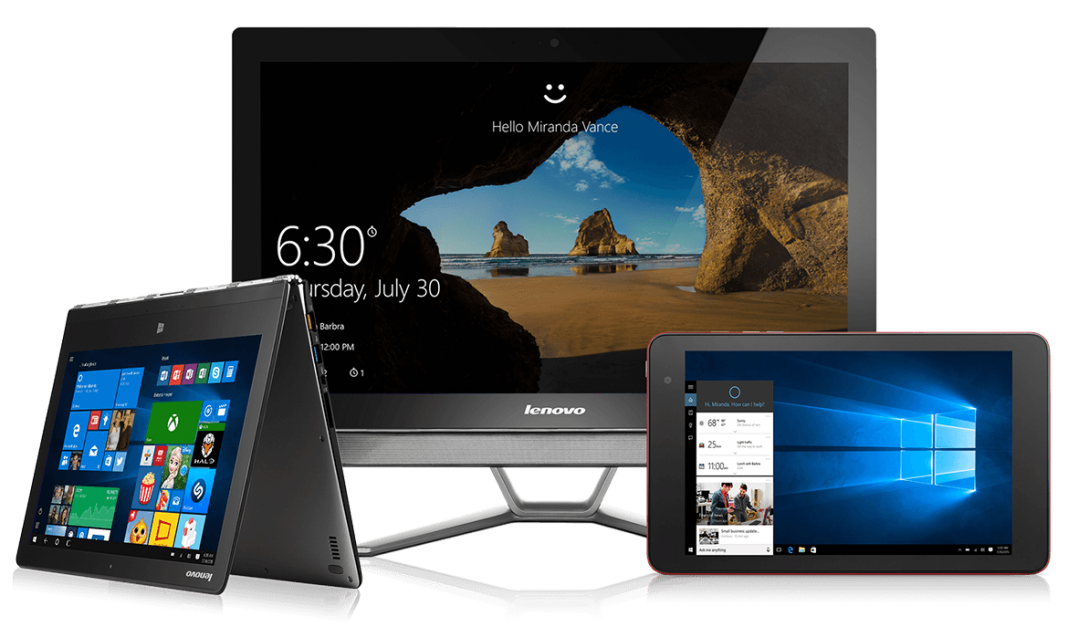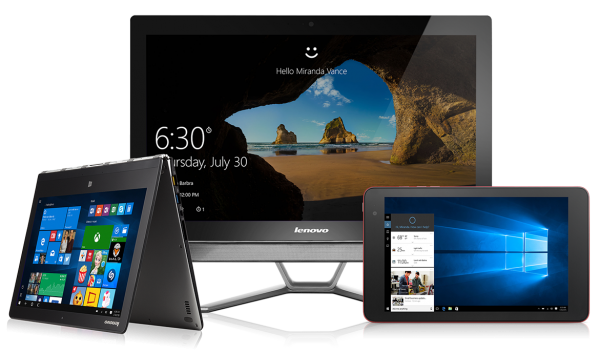
 There are many different types of hard drives available on the market today and the type of drive that you have inside of your computer or laptop can have a very noticeable effect on its performance.
There are many different types of hard drives available on the market today and the type of drive that you have inside of your computer or laptop can have a very noticeable effect on its performance.
The aim of this article is to provide an overview of the different types of hard drive available on the market today, what to look out for and also a guide to changing the hard drive inside your PC or laptop.
Different types of hard drive
This guide will be focusing only on the common types of hard drive and specifically on retail hard drives, ignoring enterprise options.
The first thing to keep in mind is that hard drives tend to come in two physical sizes – 2.5” drives are designed for use in laptops and 3.5” drives are designed for use with desktop computers.
In both of these physical sizes you tend to get two types of hard drives – SATA and SSD. There are other older types of drive such as IDE and there also many different options when it comes to enterprise grade drives, but we will ignore those for simplicity.
SATA Drives
Sata drives are probably the most common type of hard drive on the retail market today and you will find them inside most modern computers. SATA drives typically run at 3-6GBPS depending whether they are SATA2 or SATA3 and in addition there are several spindle speeds (5400RPM and 7200RPM) that will also affect performance.
When looking for a SATA drive you should try to go for SATA 3 and also 7200 RPM drives for optimum performance. Good brands when it comes to SATA drives include Samsung, Seagate and Western Digital.
SSD Drives
SSD or Solid State Drives are built using solid components and have no spindle like SATA drives. This makes data access much faster because the computer does not have to wait for the spindle to be rotated into position before retrieving a particular piece of data.
SSD drives are typically around 10 times as fast as SATA drives in terms of data access speeds and will make a considerable difference to both the boot time and overall performance of a PC when fitted.
When choosing an SSD drive it is important to look out for the read and write speeds which can vary between products and range from 300-600MBPS.
Good brands when it comes to SSD drives include Samsung, Kingston and HP amongst others.
Replacing your hard drive
Upgrading the hard drive inside of your PC or laptop tends to be one of the best ways to improve performance – especially when moving from SATA to SSD drive. There are some considerations to make before thinking about replacing your hard drive though.
First and foremost, replacing the hard drive on a PC or laptop is a complex task in many ways and should not be undertaken unless you are confirmable working with computer hardware and software. If you are not comfortable working in this type of scenario then it is advisable to contact your local IT professional. The labour charge for replacing a hard drive will typically be around the same amount as the cost of the drive itself.
Firstly you need physical access to the drive in order to replace it. In a PC the drive is normally easy to access by removing the sides of the case and is normally held in by 4 screws – two either side.
Locating the hard drive in a laptop is more difficult as it can be situated underneath the laptop in a compartment or sometimes underneath the keyboard. Before attempting open a laptop it is advisable to search for the technicians manual or a video guide on YouTube and mistakes can result in damage to the laptop.
The next step in replacing the hard drive is moving the data between old and new drive. There are two options here – you can use a drive cloning software such as Acronis True Image which will replicate everything from one drive to another or you can load a new operating system onto the new drive and then transfer the data manually from old to new with a docking station, USB dongle or similar method.
Both of these options require some effort and also a good understanding of how PCs work. Cloning the drives is the fastest and most comprehensive option but will typically cost more money because you will need a licence for the cloning software.

